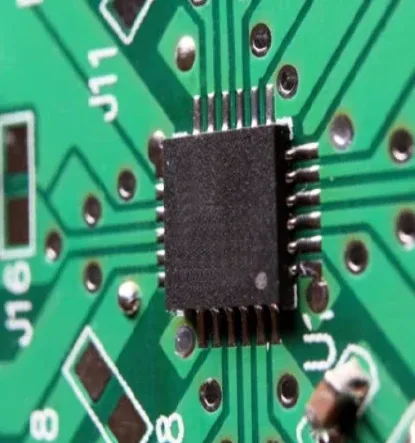When comparing QFN (Quad Flat No-leads) packages to other surface mount ICs (integrated circuits), there are several key attributes and considerations that differentiate QFNs from their counterparts. Let's delve into the comparison:
-
Size and Footprint: QFN packages are known for their compact size and minimal footprint, making them the preferred choice for applications where space is at a premium. Compared to other surface mount ICs such as SOIC (Small Outline Integrated Circuit) and QFP (Quad Flat Package), QFNs offer superior space efficiency, especially for systems with high component density requirements.
-
Thermal Performance: QFNs typically exhibit enhanced thermal performance compared to other surface mount ICs, mainly due to their exposed thermal pad on the bottom. This feature allows for improved heat dissipation and can be advantageous in applications where thermal management is critical.
-
Electrical Performance: QFN packages offer excellent electrical performance, with shorter lead lengths and reduced inductance compared to traditional leaded packages such as SOIC. This characteristic can result in superior high-frequency and RF signal characteristics, making QFNs preferable for applications with stringent electrical performance requirements.
-
Solder Joint Reliability: The leadless design of QFN packages contributes to improved solder joint reliability, as it mitigates the potential for lead-related mechanical failures. This feature makes QFNs suitable for applications subjected to mechanical stress or temperature cycling.
-
Manufacturing and Assembly: QFN packages are well-suited for automated pick-and-place assembly processes, simplifying the manufacturing flow and optimizing production throughput. The exposed pad also enables the use of reflow soldering, enhancing process flexibility and efficiency.
-
Cost Considerations: While QFN packages offer numerous advantages, they may have a higher cost compared to traditional leaded packages due to their enhanced performance and manufacturing complexities. However, this cost difference is often justified by the superior performance and space-saving benefits of QFNs.
-
Ruggedness and Environmental Resilience: QFN packages are generally more resilient to environmental factors such as moisture and contamination, making them suitable for applications in harsh operating conditions.

In conclusion, QFN packages stand out among other surface mount ICs due to their compact size, superior thermal and electrical performance, enhanced solder joint reliability, and suitability for automated manufacturing processes. Understanding these differences is essential for selecting the most appropriate package type based on specific application requirements, performance criteria, and manufacturing considerations.
